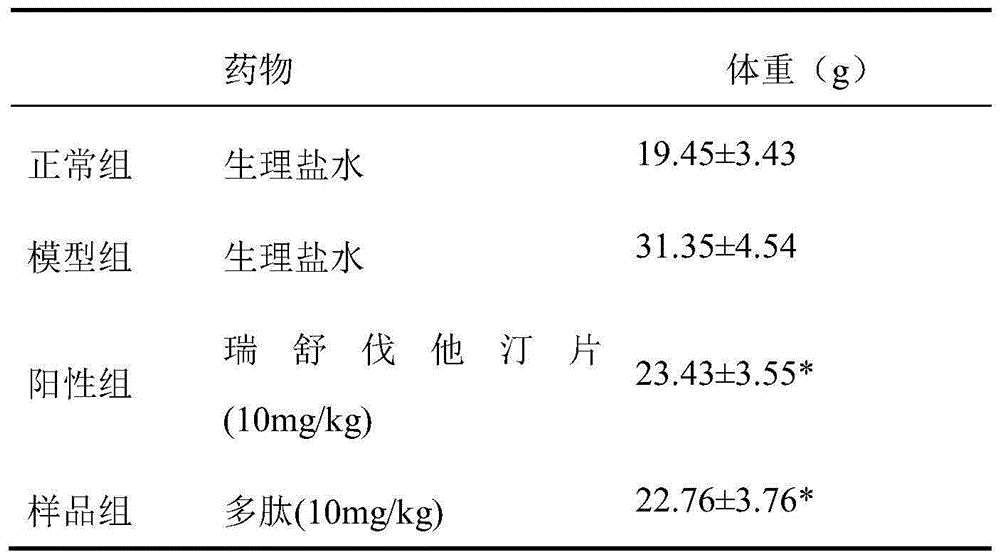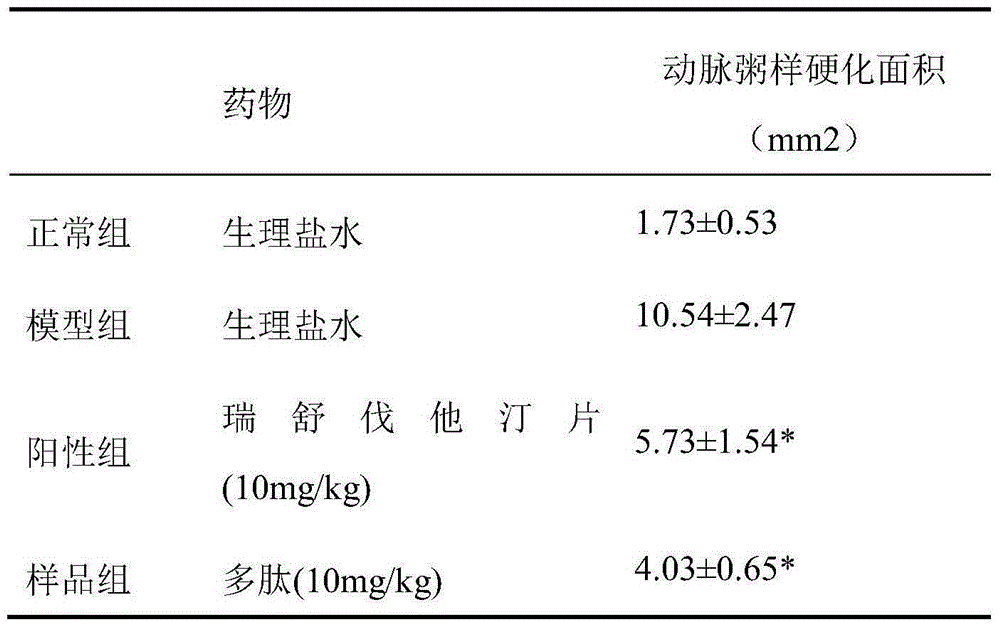Factor VIII inhibitory polypeptide and application thereof
A technology for inhibiting peptides and factors, applied in the fields of peptides, peptide preparation methods, peptide/protein components, etc.
- Summary
- Abstract
- Description
- Claims
- Application Information
AI Technical Summary
Problems solved by technology
Method used
Image
Examples
Embodiment 1
[0011] Chemical Synthesis of Peptides
[0012] Polypeptides were prepared using Fmoc-protected solid-phase synthesis techniques. The synthesis reaction is carried out from the C-terminal to the N-terminal according to the polypeptide sequence, and there are free amino groups on the Rink medium (available from AdvancedChemTech). During each ligation step, the amino acid residues are activated, and the activation mixture contains 4 times as many HBTU, HOBt, DIEA and Fmoc-amino acids as there are free amino groups on the medium. After each amino acid linking reaction, a mixture of pyridine / acetic acid / N-methylimidazole (4:1:0.5) was used to block unlinked free amino groups for 10 minutes. After each amino acid linking reaction and before the next amino acid linking, the Fmoc-group on the medium should be removed, and the Fmoc-group should be removed using dimethylformamide containing 20% piperidine, which takes 15 minutes. Finally, after all amino acid residues are linked seq...
Embodiment 2
[0015] Effects of Factor VIII Inhibiting Polypeptides on Mouse Atherosclerosis Models
[0016] A mouse model of atherosclerosis was established. Forty 8-week-old male C57BL / 6J mice were randomly divided into 4 groups: Group A was the blank control group: fed with common feed; Group B was the model control group: model-making + high-fat feed feeding; Group C Drug intervention group: modeling + high-fat feed + factor VIII inhibitory polypeptide (10mg / kg / d); D is positive drug intervention group: modeling + high-fat feed + rosuvastatin tablets (10mg / kg / d) . 12 consecutive weeks. The mice in group A were fed with common feed, and the mice in groups B, C, and D were fed with high-fat and high-cholesterol feed (containing 15% lard + 0.25% cholesterol) to accelerate the formation of atherosclerosis model. After 12 weeks, the body weight of the mice was recorded, and the effects of peptides on serum cholesterol were detected: serum total cholesterol (TC), triglyceride (tryglyeride,...
PUM
 Login to View More
Login to View More Abstract
Description
Claims
Application Information
 Login to View More
Login to View More - R&D
- Intellectual Property
- Life Sciences
- Materials
- Tech Scout
- Unparalleled Data Quality
- Higher Quality Content
- 60% Fewer Hallucinations
Browse by: Latest US Patents, China's latest patents, Technical Efficacy Thesaurus, Application Domain, Technology Topic, Popular Technical Reports.
© 2025 PatSnap. All rights reserved.Legal|Privacy policy|Modern Slavery Act Transparency Statement|Sitemap|About US| Contact US: help@patsnap.com



